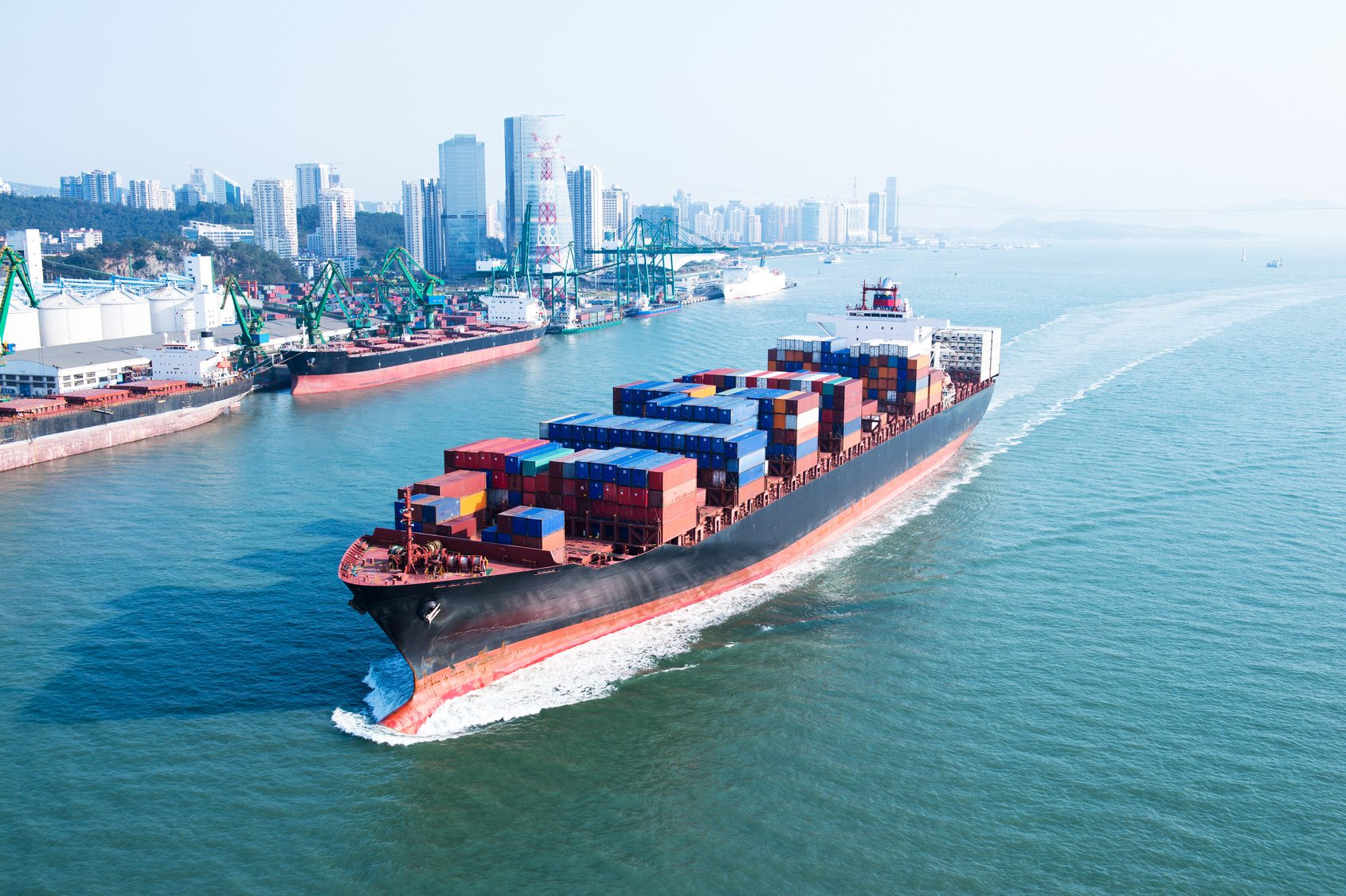India is the sixth largest grocery market worldwide buzzing with plethora of opportunities for the development of online grocery retailing. Gone are the days when Indian consumers were reluctant to shop online – studies have revealed that Indian consumers are overcoming biases against purchasing products without the touch and feel factor and are widely accepting online shopping. However, shopping for grocery online is at a very nascent stage and is still overcoming operational and economical hurdles. Over the years, multiple online grocery sites have shutdown, though there are a few survivors and presently the market is bustling with new entrants including e-commerce giants such as Amazon, Snapdeal, Flipkart, etc. Players are constantly implementing innovative marketing strategies, expanding operations, and experimenting with business models to find the best fit for e-grocery market.
Online grocery retailing is a tough segment to crack largely due to the perishable nature of products it offers, coupled with several operational impediments such as logistics, supply chain management, and low margins. Also, players face major challenges in training and retaining employees as well as attracting investment to grow operations.

Despite the challenges, online grocery retail is witnessing rapid growth driven by increasing internet connectivity, use of smartphones, and changing lifestyles with increasing number of working women demanding convenience. Consumers pressed for time are continuously looking for less cumbersome options in their fast-paced lives and online grocery shopping is increasingly the best solution for them.
Out of the 40 online sites that initially ventured into the grocery retailing market, only a few have survived and BigBasket has emerged as the most successful e-retailer. Other survivors include ZopNow and Localbanya, while there are several new entrants such as Grofers, Jugnoo, etc. Traditional brick and mortar retailers have also realized potential of the market and have slowly started selling groceries digitally – for example, Reliance launched ‘fresh direct’ while Tata sells through ‘My247market’.

Successful e-grocers such as BigBasket, ZopNow, Nature’s Basket, and Reliance Fresh Direct, among others started formulating strategies to succeed in the e-grocery market. For instance, BigBasket started selling private label brands to improve margins while ZopNow offers cashbacks, discount coupons, and grocery deals to attract customers. Other strategies include implementing quality assurance programs and offering niche products, among others.


EOS Perspective
E-grocers face various obstacles, hence a robust strategy is the need of the hour to survive and succeed in the market. It is imperative for any player to first understand the local nuances of the market – this includes establishing local relationships, developing local logistics, and building business according to unique scenarios in different cities. India is an extremely diverse country and a complex market to survive, hence effectiveness and efficiency of players to adapt to the market defines how any company will succeed in the industry. Factors such as target segment, operating costs, competitive landscape, and consumer preferences vary greatly across India, therefore, aligning business with domestic market and following ‘localization’ of operations is the key to success.
For long-term sustainability in the market, it is essential for players to differentiate through innovation and to improve business scalability. Innovation can be achieved in the form of targeting specific customer segment, selling niche products, or offering tailored services. Attracting investment can help players to expand and scale up their businesses.
Further, it is crucial for e-retailers to prioritize customer experience — across technology, delivery, and service platforms — as convenience is the primary factor that influences people to buy digitally.
Nevertheless, the question still remains if clicks can replace bricks. Online grocery market has potential and is expected to grow but it is unlikely that it will dominate or replace the brick and mortar stores in the near future. Online retailing definitely have the potential to grab a substantial portion of grocery sales in a long-term horizon, however, physical stores will long continue to have an edge, particularly in case of FMCG goods.
















